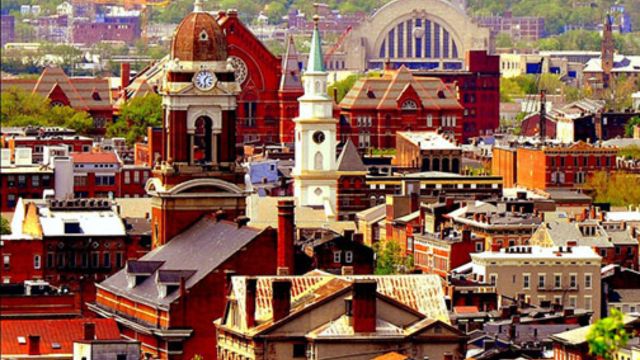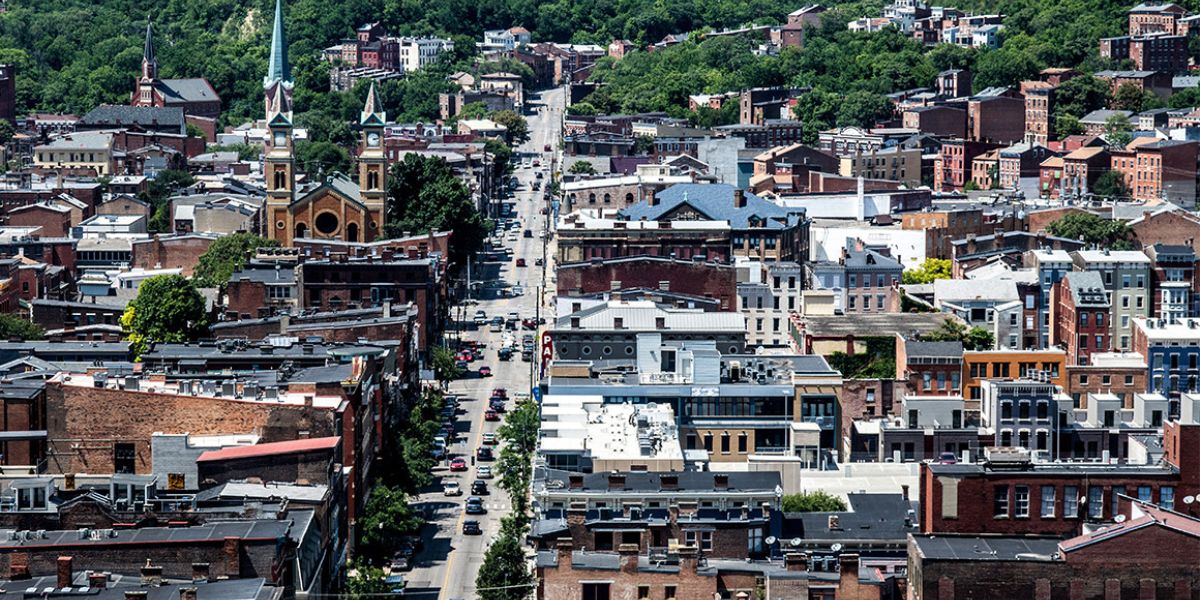WFCN – Many Cincinnati neighborhoods have seen a discernible trend in recent years: inhabitants are choosing to leave their homes in quest of better chances and living circumstances elsewhere.
The reasons for the migration out of these seven Cincinnati towns are examined in depth in this essay, which also highlights the difficulties that local government and inhabitants face.
Avondale:
Avondale has historically been praised for its rich cultural diversity and strong sense of community, but it is currently facing increased crime and financial difficulties. Concerns about safety and the lack of employment opportunities are two of the main reasons residents leave.
Many lifelong residents feel forced to look for safer and more stable environments for their families, even in spite of efforts to strengthen community programming and infrastructure.
Westwood:
Once regarded as a close-knit middle-class community, Westwood is currently experiencing economic hardships and an increase in foreclosed homes.
Residents are looking elsewhere for more inexpensive and financially feasible options due to high property taxes and a lack of sustainable economic growth. The local authorities in the neighborhood are proactively pursuing ways to rejuvenate nearby enterprises and draw fresh capital in order to buck the trend.
Bond Hill
Bond Hill is a neighborhood in northeastern Cincinnati that struggles with ingrained poverty and ongoing violence. Locals are frustrated by the dearth of employment prospects and necessities, which they believe has led to a feeling of decline and stagnation.

Many locals feel driven to move to locations with greater chances for their families’ futures, even in spite of communal efforts to enhance infrastructure and safety.
Over-the-Rhine:
Previously well-known for its high rates of crime and urban deterioration, Over-the-Rhine experienced major rehabilitation efforts that drew a swarm of new businesses and inhabitants.
SEE MORE –
Big Connection! DNC Targets Trump’s Relationship with Black Community in Philadelphia Campaign
But the neighborhood’s change has also brought about gentrification and increased housing costs, forcing out a lot of longtime inhabitants who can no longer afford to live there. Residents continue to consider their options while the conflict between neighborhood preservation and revitalization persists.
Price Hill:
Split between East and West Price Hills, this area struggles with declining living conditions and economic difficulties. The main reasons why residents moved include lack of community resources, restricted educational possibilities, and safety concerns.
In order to solve these problems and keep locals, efforts must be made to upgrade the schools and draw in sustainable economic development.
Evanston:
Despite its reputation for historic attractiveness and a community-centered vibe, Evanston is seeing a decline in property values and economic stagnation.
There is a feeling of neglect and disinvestment among the locals, who are frustrated by the lack of retail options and basic amenities. Leaders in the community put out a lot of effort to boost local companies and upgrade the infrastructure in order to draw in new citizens and keep the ones they already have.
Madisonville:
Madisonville still has issues with crime and economic inequality in spite of continuous attempts to encourage economic development and improve community livability.
Residents who leave cite lack of employment prospects, access to high-quality education, and safety concerns as their main reasons. To address these issues and promote a livelier and more diverse community, community-driven projects that enhance public safety and assist neighborhood businesses are crucial.
Importantly Described Here
In order to revitalize these areas and enhance the quality of life for all citizens, local government officials and community leaders are dedicated to putting strategic ideas into action as Cincinnati navigates these difficult difficulties.
In order to reverse the trend of population reduction and create vibrant, resilient communities where people may grow and thrive, it is imperative that efforts be made to curb crime, improve educational opportunities, and draw sustainable economic development.
Summary
In summary, despite the distinct obstacles encountered by each of these Cincinnati areas, local authorities, community leaders, and people all share a dedication to collaborating towards a more promising future.
Cincinnati can reinstate its reputation as a city full of hope and opportunity for those who call it home by tackling the underlying reasons behind the population reduction and allocating resources towards inclusive growth tactics.
